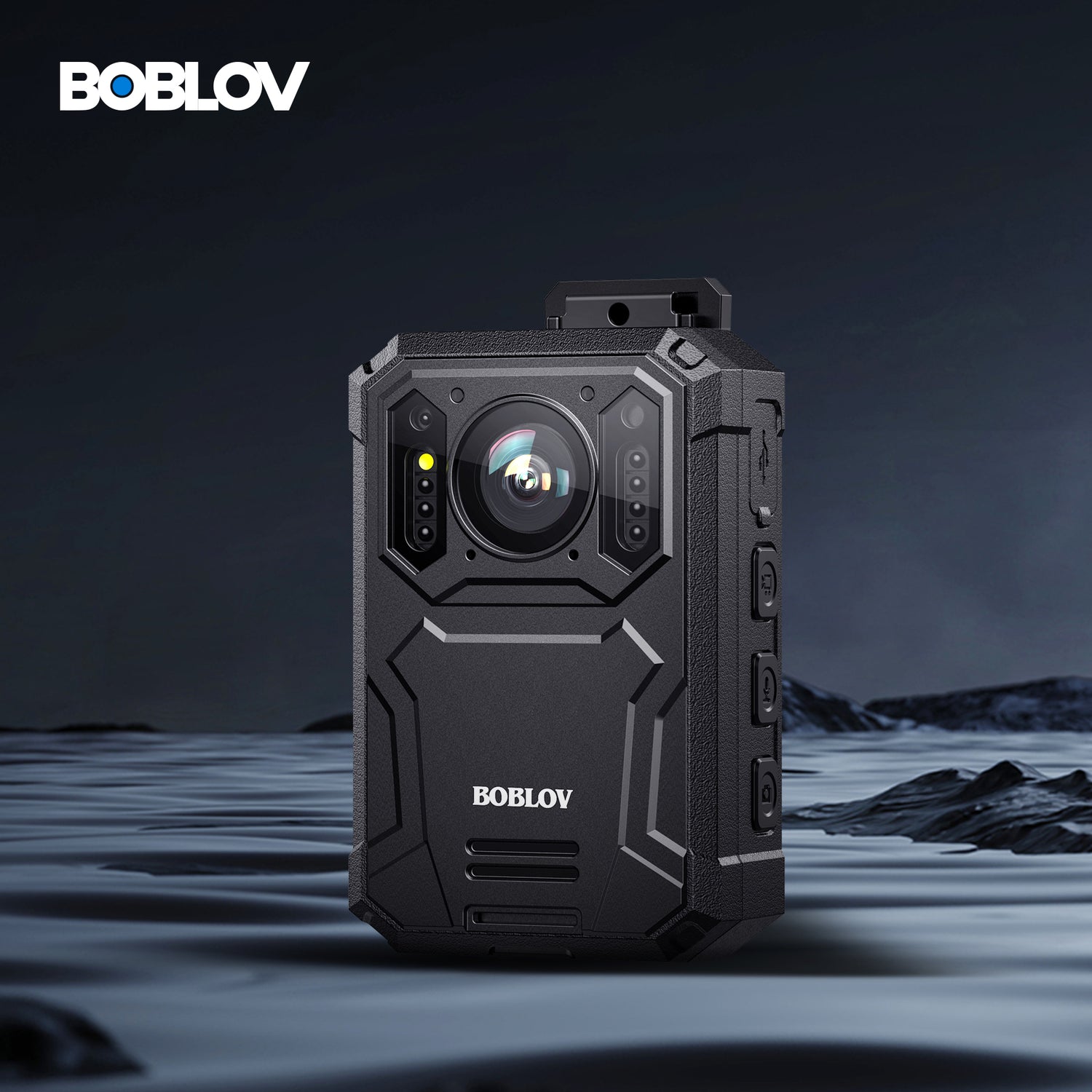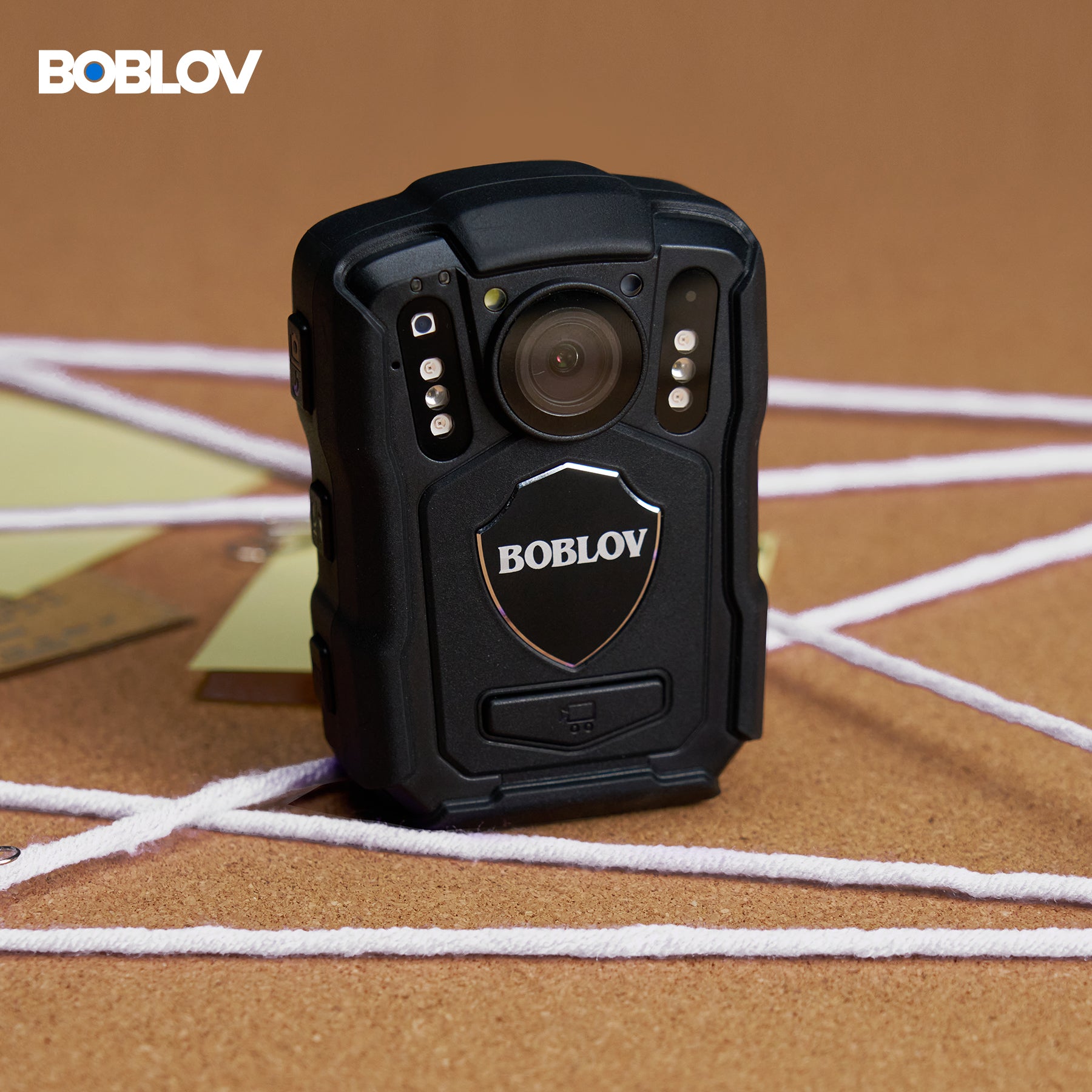The Rise of Body-Worn Cameras in Law Enforcement
Historical perspective of police video equipment
The journey of police video equipment dates back to the 1960s. Dash cams first appeared in patrol cars. They helped to record traffic stops. By the 1990s, these cams were more common. But they had limits. They were fixed in place. They could not track officers' actions off the vehicle. The idea of body-worn cameras (BWCs) sparked interest. Early BWCs were bulky. They were not easy to use. However, they marked a shift in police work. They allowed for a new level of transparency. They captured events as they happened, from the officer's view. BWCs have grown smaller and smarter over time. Now, they are a key tool for law enforcement, ensuring accountability and trust.

Advancements in body-worn camera technology
Recent years have seen great leaps in body-worn camera tech. Police now have cameras that are smaller, tougher, and smarter. Some cameras can now stream live footage. This lets police chiefs see events as they happen. Battery life and storage have improved too. This means officers can record for full shifts without worry. New software helps manage the huge amounts of video recorded. This makes it easier to find key moments in footage. The tech is always changing. This ensures that police work becomes more open and fair.
Impact of body-worn cameras on police procedures
Body-worn cameras (BWCs) have reshaped police work. They offer a clear record of police-citizen encounters. This has led to changes in how officers are trained and held accountable. BWC footage is now vital in use-of-force cases and complaints against police. It promotes transparency and can build public trust. But it also raises privacy concerns. Hence, policies on when to record, who views footage, and storage are key. The use of BWCs continues to evolve within police procedures.
Current Trends in Body-Worn Camera Use by U.S. Police
Trends in body-worn camera adoption rates across law enforcement agencies
Adoption rates for body-worn cameras (BWCs) are rising across U.S. police. Many agencies see BWCs as vital tools. The tech helps them with transparency and accountability. Large cities are leading the adoption. But smaller towns are not far behind. Grants and federal funds aid many departments. Cams help in evidence collection and officer training. They also boost public trust. Rules on when and how to use BWCs keep evolving. These trends suggest BWC use will keep growing.
How body-worn cameras are transforming police investigations
Body-worn cameras (BWCs) are reshaping police work in the U.S. Key to their impact is the objective account they provide of police-civilian encounters. This visual evidence enhances transparency and can speed up investigations. Officers equipped with BWCs are often more mindful of procedure, knowing their actions are recorded. The footage from these cameras proves invaluable in court, offering a clear narrative that can corroborate testimonies or illuminate discrepancies. In training, real-life BWC videos are transforming how officers learn from encounters. Overall, BWCs are becoming crucial tools for accountability and improved policing strategies.
Legal and ethical considerations of body-worn video surveillance
The surge in body-worn camera use brings legal and ethical issues. These cameras raise questions about privacy rights and data protection. Both police and the public must deal with consent and surveillance laws. There's debate on when officers can turn cameras on or off. Agencies work to balance transparency with the need to protect sensitive information. The aim is to craft policies that respect all parties' rights, while aiding justice.
Future Directions for Body-Worn Cameras in the United States
Technological innovations on the horizon for body-worn cameras
Looking forward, body-worn cameras will see big tech strides. We expect cameras to get smarter and more connected. Features like live-streaming and facial recognition may become common. Data storage and battery life will likely improve too. These innovations will help officers and create trust in communities. It will be key to balance tech gains with respect for privacy.
The intersection of AI and body-worn camcorders in law enforcement
The integration of AI with body-worn cameras promises to revolutionize U.S. police work. Advanced algorithms can analyze video data in real-time, assisting officers in identifying suspects, behaviors, and weapons more quickly. AI can also aid in the redaction of sensitive information, protecting privacy while maintaining transparency. As this technology evolves, it could even predict potential conflicts, enabling proactive policing. The blend of AI and body-worn cameras is set to become a crucial tool in law enforcement's arsenal.
Strategies for managing and preserving body-worn camera video evidence
Storage and data management are key for body-worn camera footage. Agencies are adopting new practices to handle the growing data from their cameras. This includes using secure cloud services and on-premises servers. They must ensure security, privacy, and ease of access for legal uses. Data retrieval is also critical during investigations and trials. To aid this, some are using advanced software. It can categorize and tag footage, making it easier to find. It’s not just about storage though. Regular audits and checks are part of the strategy. They ensure all videos are intact and tamper-proof. These practices aim to keep the data safe and useful for a long time.




